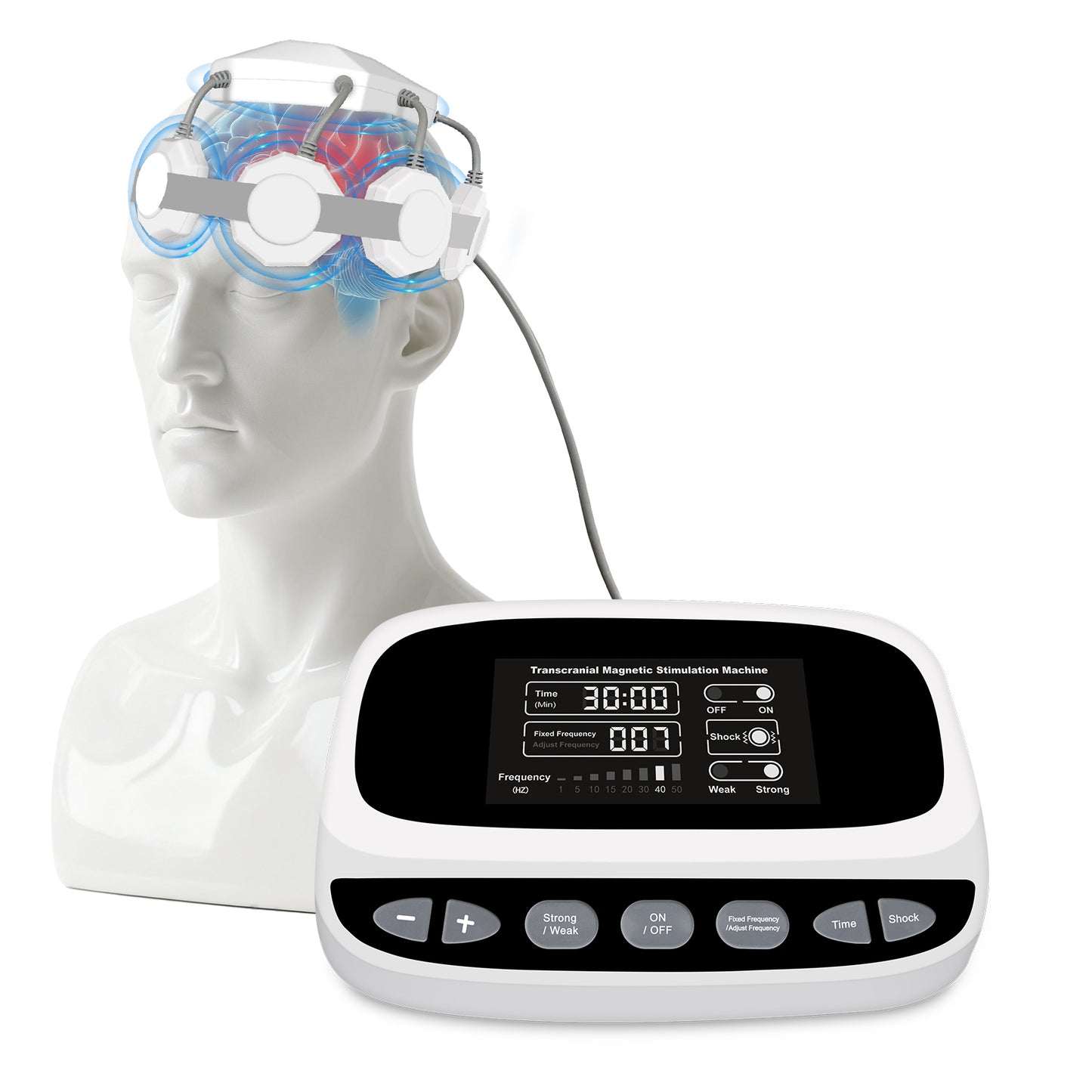
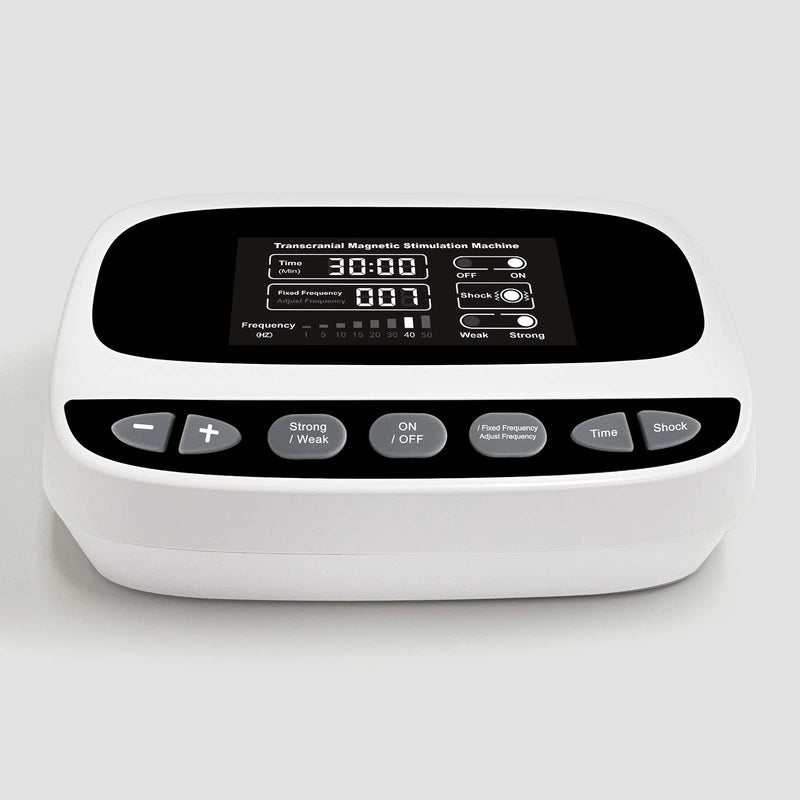
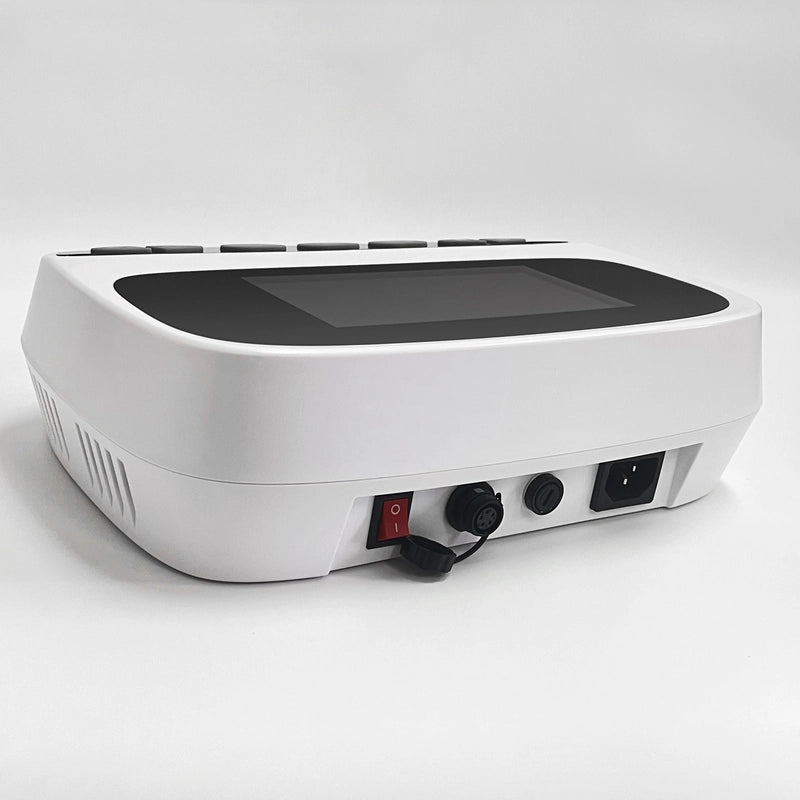
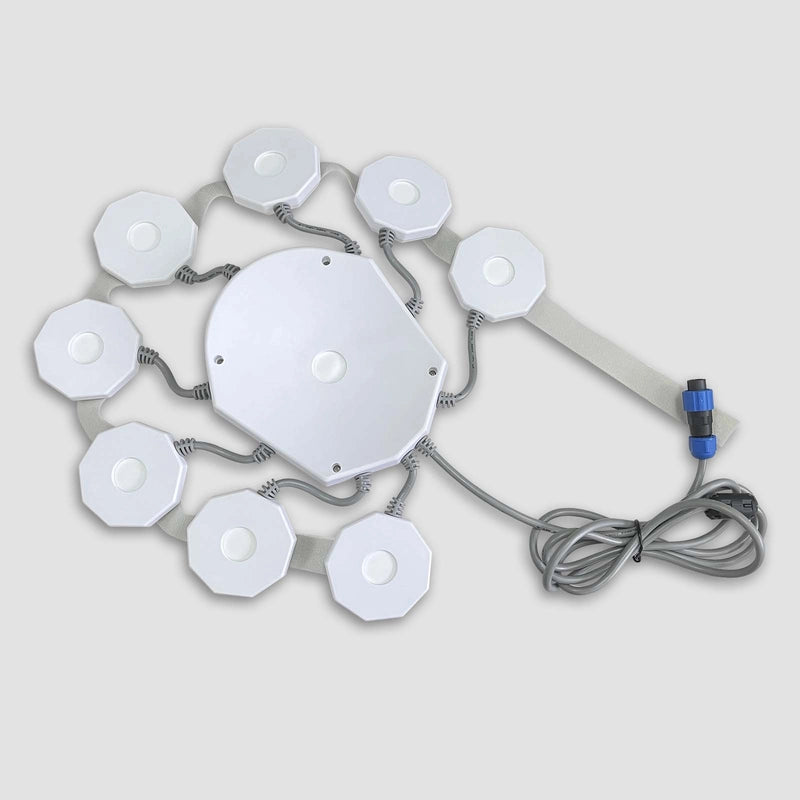
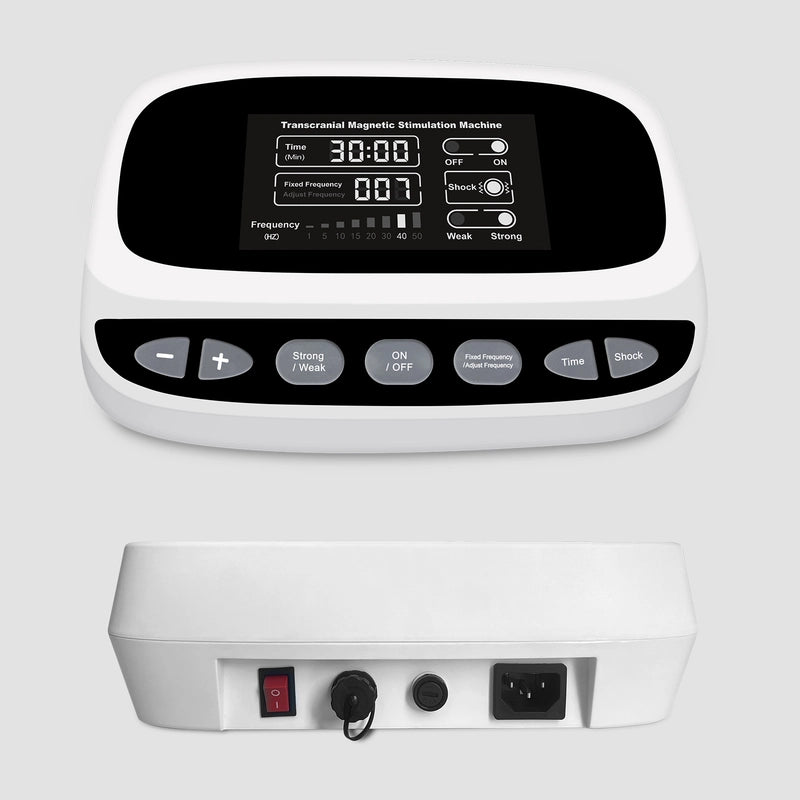
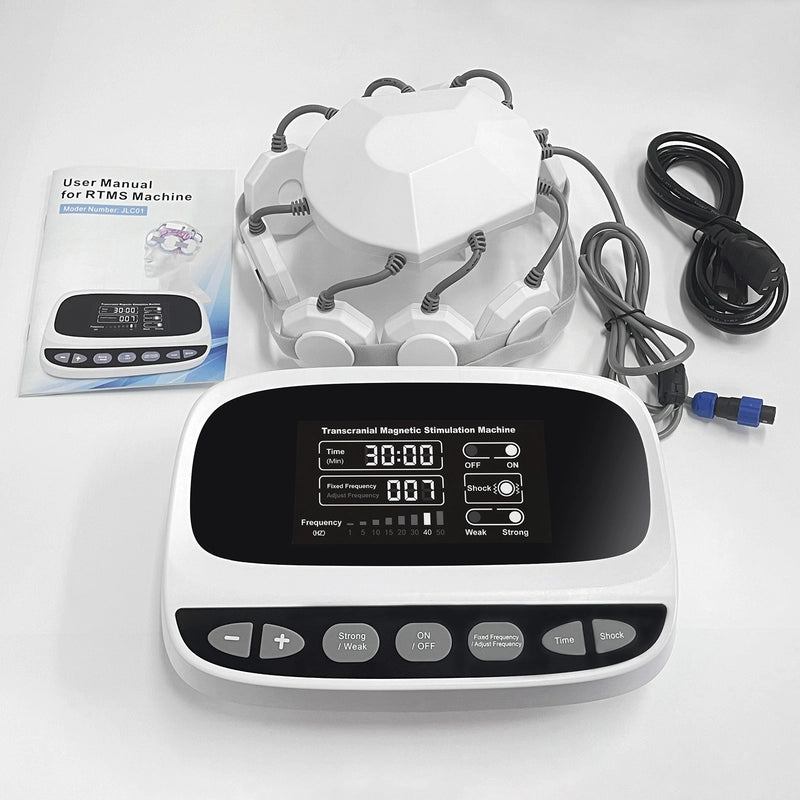
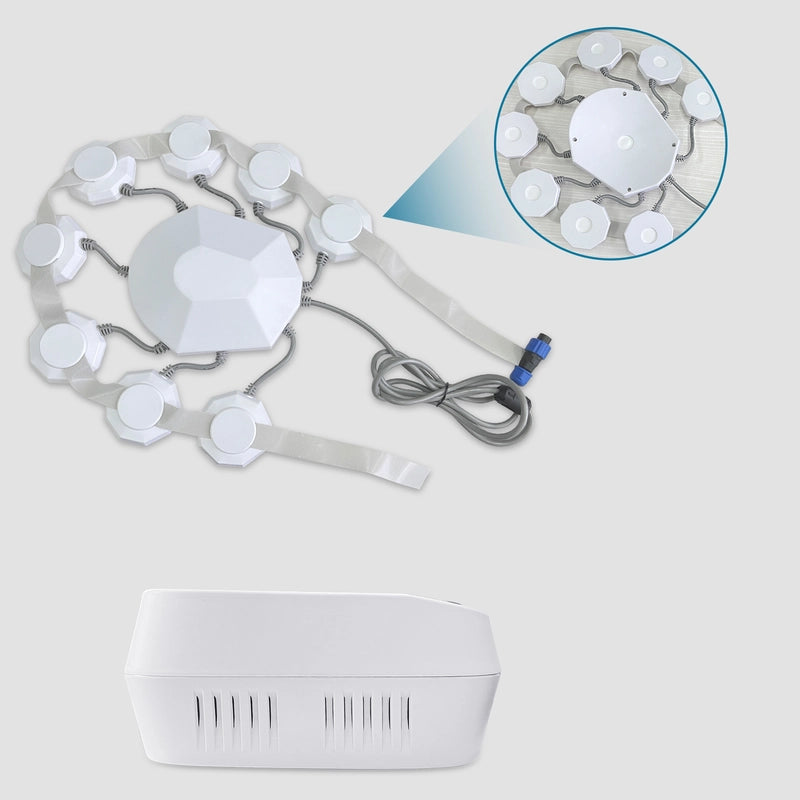
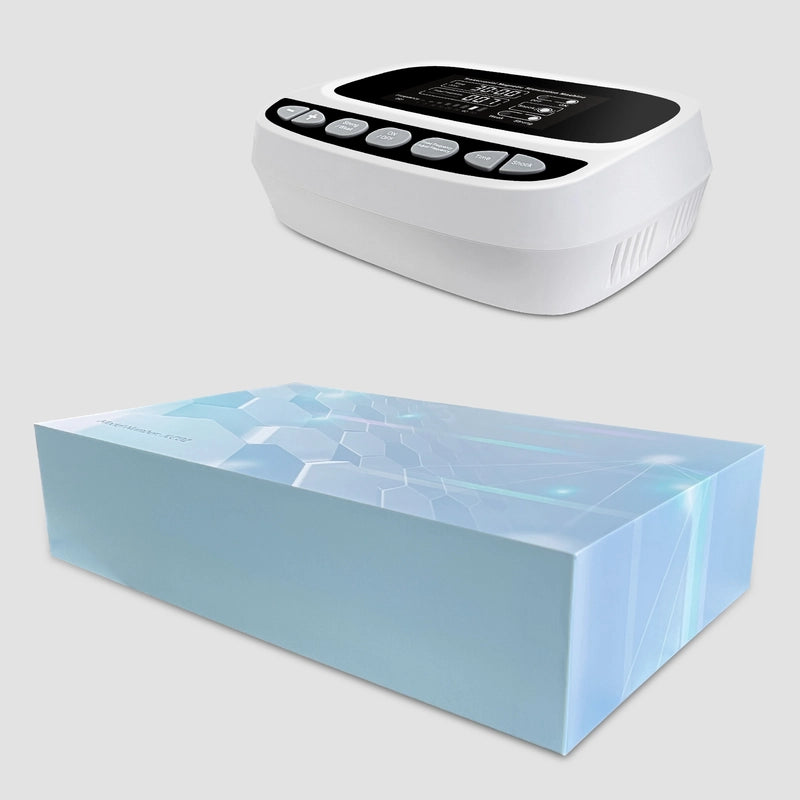
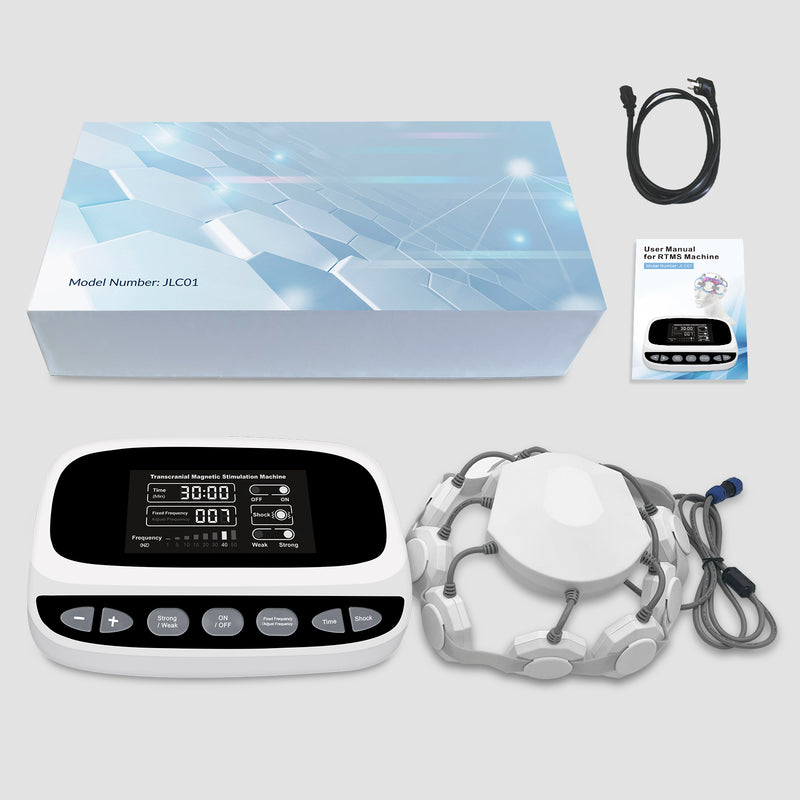
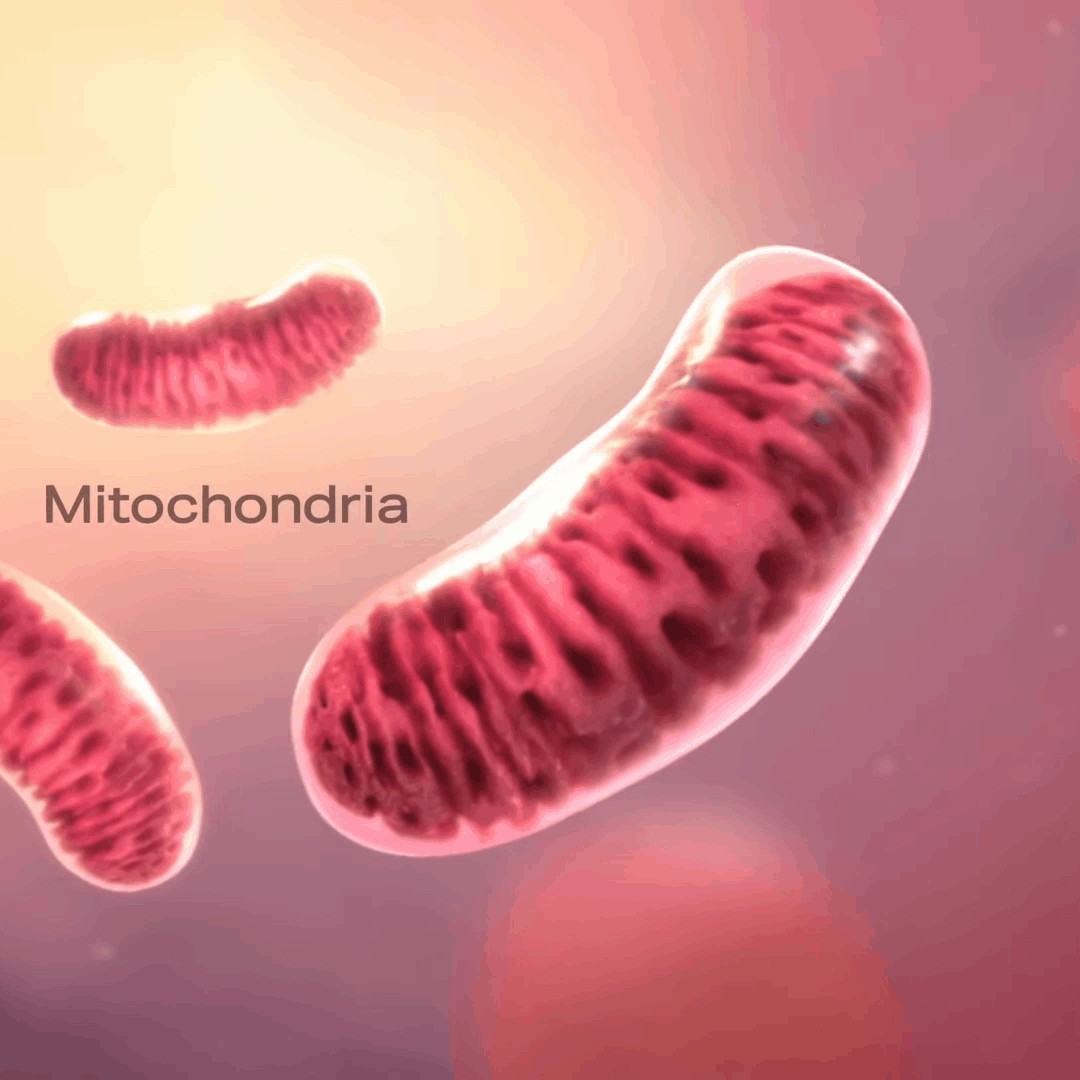
Home-Use Comfort Support Device
Magnetic relaxation technology (based on gentle repetitive magnetic pulses) s a science-backed non-invasive method for supporting body comfort. By delivering gentle, repeated magnetic pulses to targeted body areas, it helps support balanced muscle and nerve comfort to enhance overall physical ease—making it a convenient option for continuing gentle comfort support outside of professional settings. This device bridges the gap between professional comfort care and daily relaxation management, empowering users to maintain consistent, independent comfort routines in the comfort of their homes. As research and technology advance, this magnetic support method remains a science-backed approach to enhancing daily physical comfort and overall wellbeing.
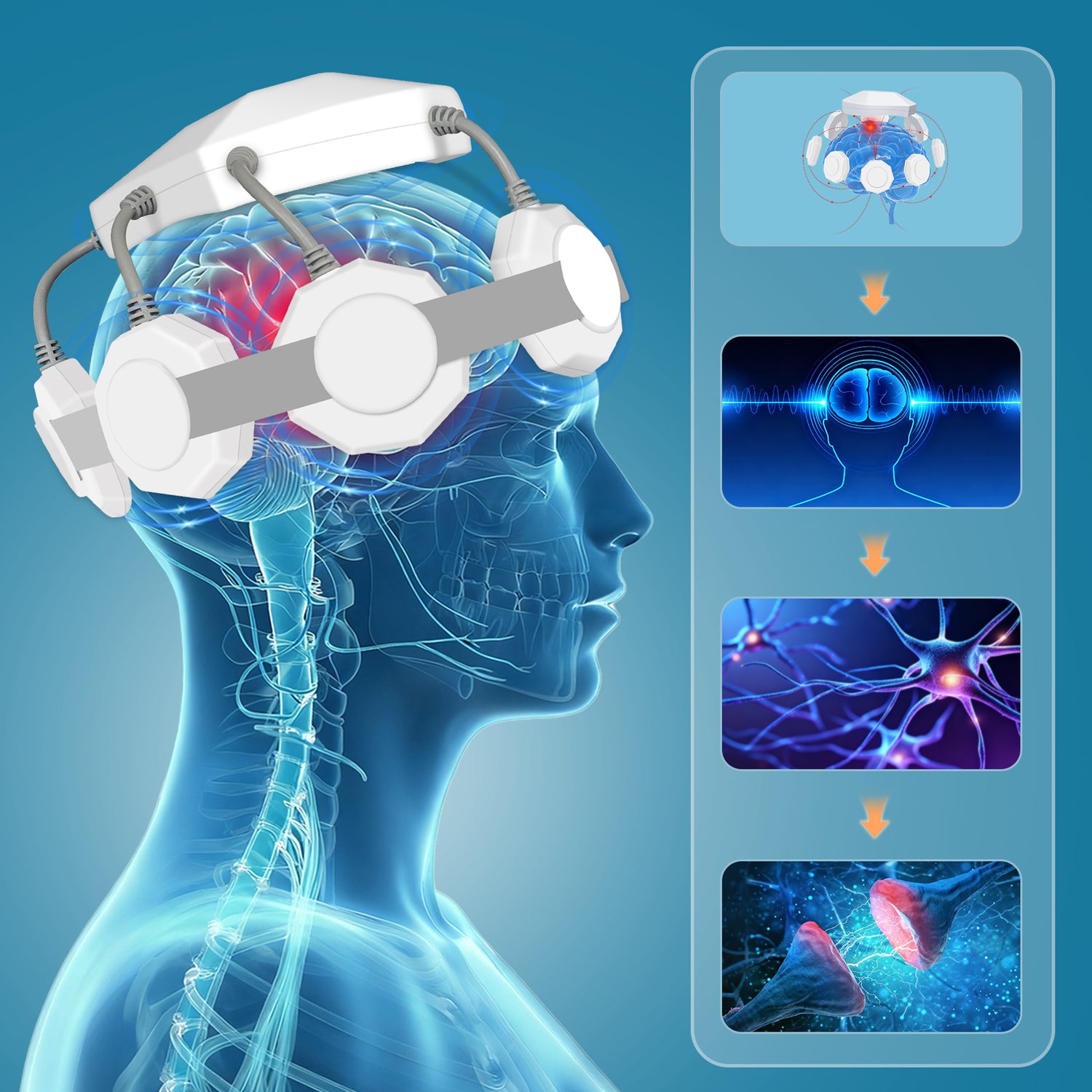
Magnetic Relaxation Working Principle
This magnetic relaxation method uses non-invasive, repeated gentle magnetic pulses to support balanced muscle and nerve activity.
1. Magnetic Coil Placement: A magnetic coil is placed on targeted body surfaces (e.g., shoulders, back, limbs) to deliver gentle magnetic fields to the area.
2. Induction of Gentle Currents: These magnetic fields safely induce small, gentle electric currents, which help regulate muscle and nerve activity for comfort.
3. Modulation of Physical Activity: The effect of this magnetic support depends on the frequency and pattern of pulses:High-frequency pulses (e.g., ≥10 Hz): Typically supports active muscle relaxation and eases occasional tension.Low-frequency pulses (e.g., 1 Hz): Generally helps calm overactive muscle tension and enhances a sense of physical ease.
4. Long-Term Comfort Support: Consistent use may contribute to lasting positive changes in muscle and nerve comfort, supporting balanced physical activity over time.
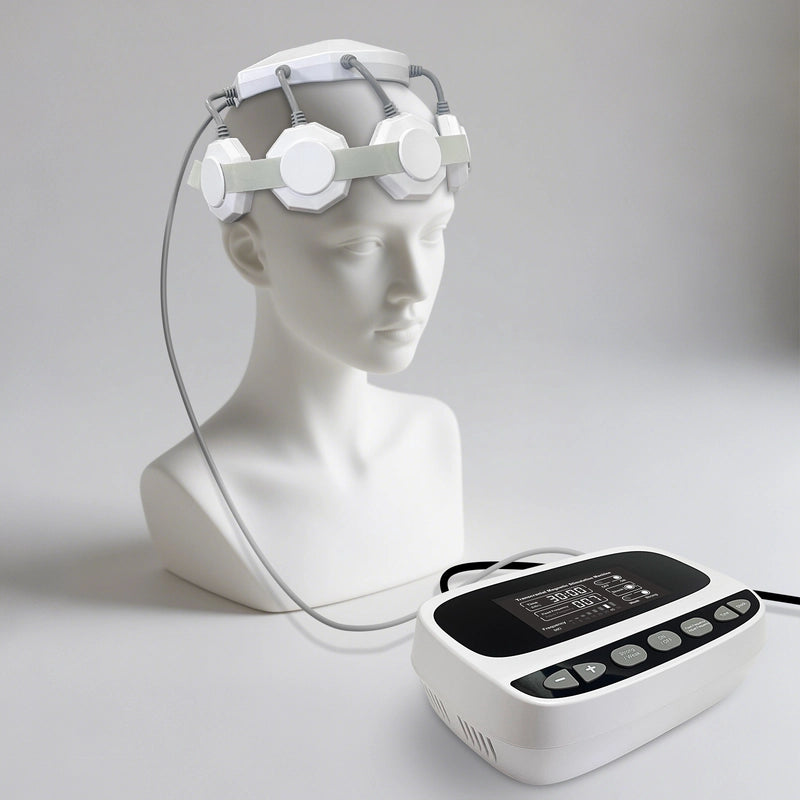
Deep Magnetic Comfort Support for Body
This magnetic relaxation technique uses targeted gentle magnetic fields to support balanced muscle and nerve function. It is widely used in professional wellness settings to enhance comfort for individuals seeking to maintain or improve daily physical ease, and is recognized for its role in supporting muscle-nerve balance for those seeking comfort after occasional physical strain (e.g., post-exercise, long sitting). As a science-backed approach, it provides a non-invasive option for users focused on long-term physical comfort.
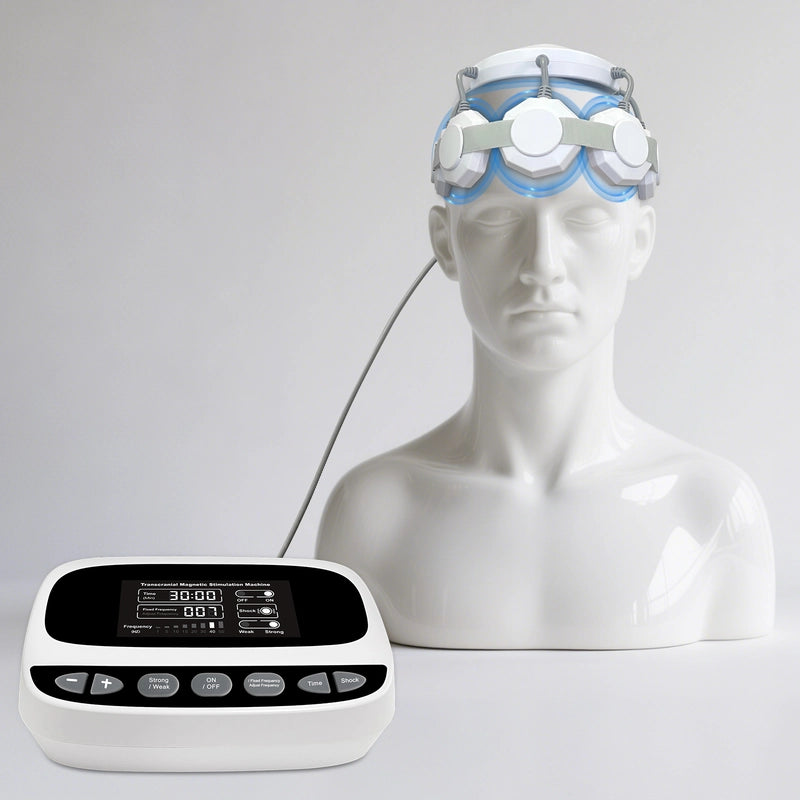
Application of Magnetic Comfort Support
• Daily Comfort Uses of Magnetic Relaxation:
• Supporting physical ease for individuals with occasional mood-related tension (when used as part of a daily relaxation routine, under professional guidance if desired)
• Assisting in reducing the occurrence of recurrent tension-type discomfort as part of a comprehensive daily comfort plan
• Supporting muscle-nerve balance for individuals with age-related or activity-related physical tension (e.g., joint stiffness from long-term inactivity, under professional supervision if needed)
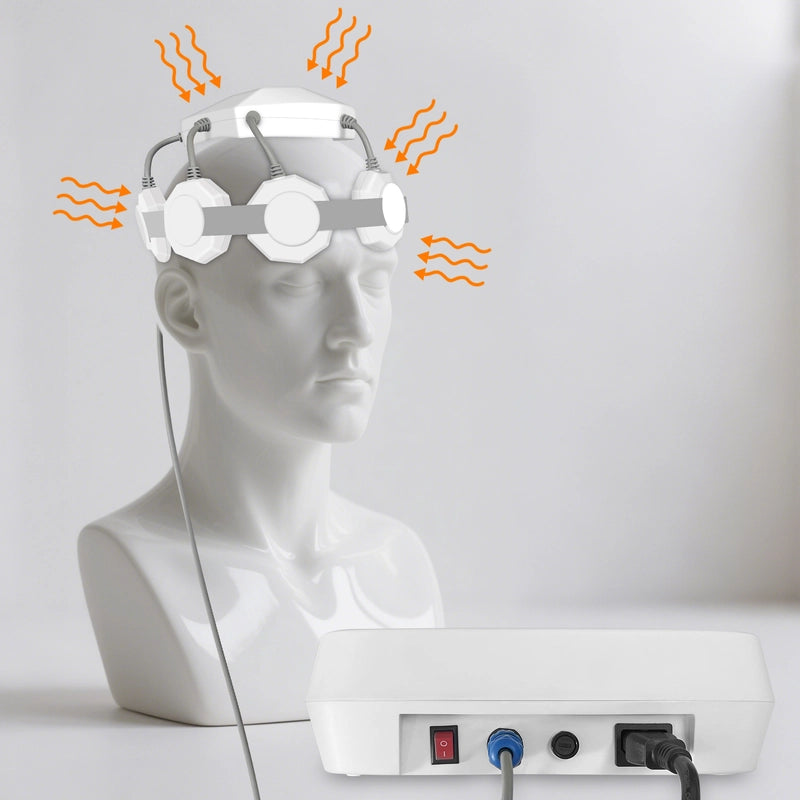
The Benefits of Magnetic Comfort Machine
- Science-Backed Physical Comfort Support: Supports muscle-nerve balance and physical ease for users focused on improving daily comfort (when used as directed, with professional guidance if desired).
- Customizable Comfort Solutions: Multiple relaxation heads and adjustable frequency modes allow for tailored sessions to match individual comfort needs and preferences.
- Efficient Operation for Daily Use: Pre-programmed modes and intuitive controls reduce setup time, making it easy for users to operate independently at home or for professionals to guide comfort sessions.
- Enhanced Comfort & Consistency: Non-invasive design and adjustable settings ensure a comfortable experience, helping users maintain consistent daily relaxation routines long-term.












